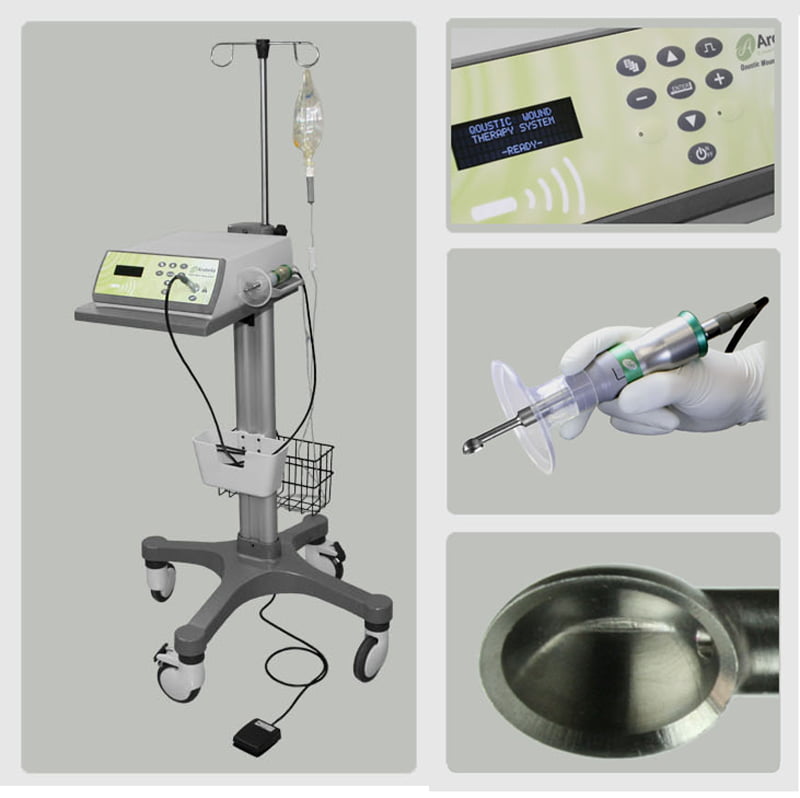The body’s wound healing process is arbitrarily divided into three, overlapping phases forming a wound healing cascade.
Healing Process
Inflammation
- The inflammation phase beings immediately following injury.
- The process is important to initiating subsequent phases in the process
- During this process the body begins Hemostasis,
- The process whereby bleeding is halted;
- Coagulation forms the clot that initially keeps the wound closed, but is not particularly strong.
- The body also begins cleansing itself
- As Leucocytes initially enter the wound: the first to arrive are neutrophils followed by larger, higher capacity macrophages.
- Neutrophils, the most abundant type of white blood cells, phagocytise debris and bacteria and cleanse the wound by secreting proteases that break down damaged tissue.
- Macrophages follow, doing similar tasks but to a much more significant degree while also helping induce and speed angiogenesis, stimulate cells that promote epithelialization (growth of the barrier between the wound and the outside), create granulation tissue, and lay down a new extracellular matrix (the defining feature of connective tissue).
Proliferation
- The line between phases isn’t clearly delineated as they overlap, but the next stage is proliferation.
- It begins when fibroblasts, endothelial cells and epithelium cells begin to enter the wound site.
- Angiogenesis, the physiological process involving the growth of new blood vessels from pre-existing vessels through endothelial cells, supplies the vital fuel for the rest of the wound healing process. As a result, the skin area often shows erythema, an abnormal redness of the skin caused by capillary congestion during this process.
- Fibroblasts begin forming collagen, the main protein of connective tissue in the body, increasing the strength of the wound.
- Collagen and the new blood vessels form granulation tissue, the connective tissue that replaces the fibrin tissue of the clot and fills the wound.
- Myofibroblast activity cause the wound to contract to a smaller size
- The epithelium cells migrate and proliferate, growing skin until the wound is closed. This begins the final, remodeling phase.
Remodeling
- During the final phase, the collagen is continually replaced and remodeled by degradative enzymes and the wound area becomes stronger over time.
In studies, ultrasound is shown to have a positive effect on the entire wound healing process, particularly the first two phases, inflammation and proliferation.
The Qoustic Wound Therapy System™ is designed to aid the wound healing process for a variety of wounds, including
- Pressure/Diabetic
- Chronic wounds
- Infected wounds
- Biofilm
- Burns
- Superficial
These case studies have been completed and presented to demonstrate the advantages of Ultrasound-Assisted Wound (UAW) Therapy and its positive effect on the wound debridement process.

